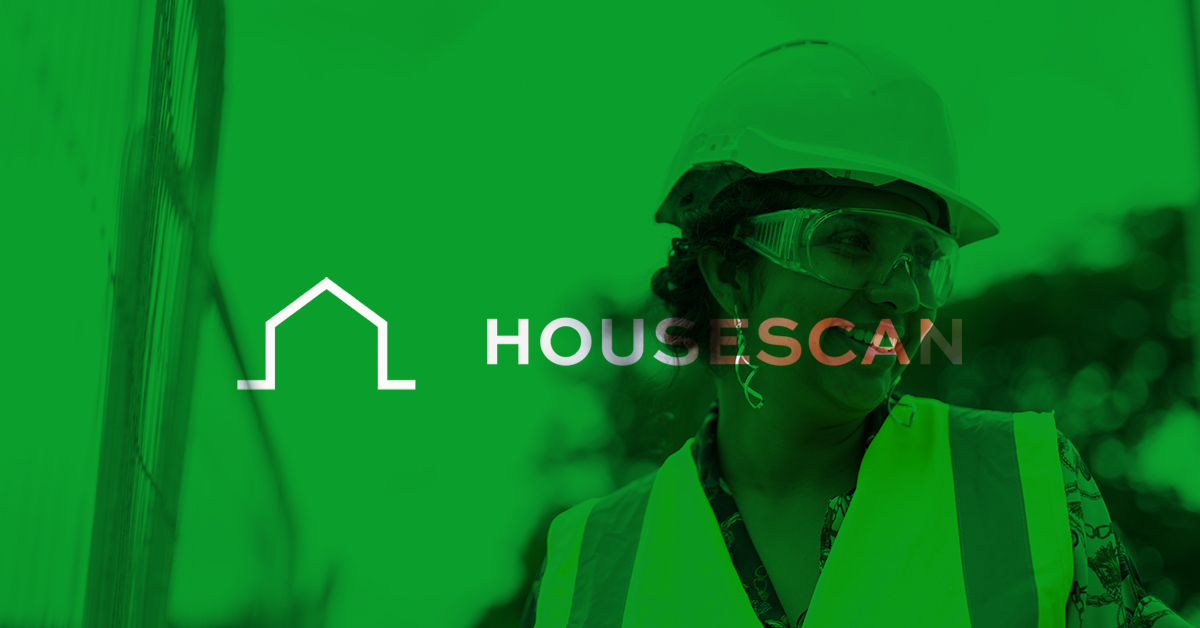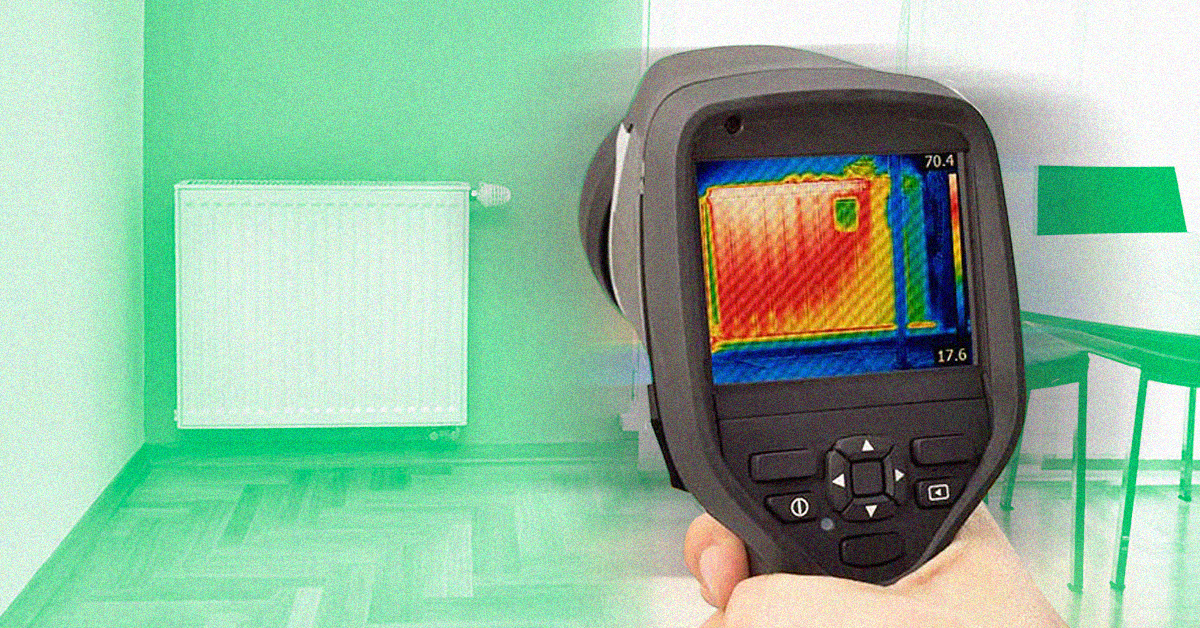
What is snagging? This comprehensive guide to snagging answers some of the most commonly asked questions about snagging surveys. If you’ve got a specific question, just take a look at our contents table below:
- What Is Snagging?
- What Is A Snag?
- What Is A Snagging List
- Who Should Get A Snagging Inspection?
- Do I Really Need A Snagging Survey?
- Doesn’t My Property Get Checked For Defects?
- What Will A Snagging Inspection Look For?
- When Should I Have A Snagging Inspection?
- Can I carry Out A Snagging Inspection Myself?
- How Do I Choose A Professional Snagging Inspection Company?
- Why Use A Professional Snagging Company?
- How Much Does A Snagging Survey Cost?
- How Does The Snagging Inspection Work?
- How Long Does The Snagging Inspection Take To Complete?
- How Many Snags Are Often Found?
- Can A Housebuilder Refuse To Fix The Defects?
- What is De-Snagging?
- Book Your Snagging Inspection Today
What is Snagging?
You would think that a new build home should be perfect, but often a new home does not equal flawless, and new build homes are well known for having defects, also known as snags, caused by poor workmanship.
Snagging is an inspection of your new build house or flat to identify defects that the housebuilder needs to rectify. The snagging inspection will inspect anything that falls below high standards of workmanship, anything not completed to specification, and anything that breaches building regulations.
If you spot any defects in your home, it’s up to you to report them to your housebuilder. It’s then your housebuilder’s responsibility to fix these errors before the sale is completed. You can compile your own list but it is highly recommended to hire a professional company to do so.
What is a Snag?
A snag is a defect found in your property after building work has been completed. A snag is typically something that is damaged or broken, not fitted properly, or unfinished.
Most snags are minor and cosmetic, such as a scratch on a window, a missing door hinge, or a crack on a work surface – however, if not rectified, these minor fixes can worsen into more serious and expensive issues in the future.
What’s more, snags can also be more severe issues such as violations of building regulations and technical standards. Inspectors comply with NHBC regulations to ensure all snags, minor and major, are picked up.
What is a Snagging List?
A snagging list is a list of snags or defects found in your new build property that need to be rectified by the housebuilder before you move in. You will give this list to your housebuilder for them to work through and fix the errors.
Who Should Get a Snagging Inspection?
Anyone buying a new build home or flat will benefit from a snagging inspection. It can ensure you save money in the long run by preventing defects from worsening down the line. Most importantly, it ensures you get the home you paid for and were promised.
Do I Really Need a Snagging Survey?
Yes, you really do need a snagging survey. In fact, having a snagging survey completed is more important than ever – and our team find an average of 150+ defects in new build homes.
Due to the rising demand for new build properties, builders are under more pressure to complete the build quickly, which increases the likeliness of human error and a drop in standards. There is a shortage of skilled traders to compete with the demand, and as a result, quality suffers due to poor workmanship and poor equipment.
Hence, you need a survey to find these faults and have them corrected to ensure your property is of the high standard you were promised.
Doesn’t My Property Get Checked for Defects?
Your new home will have to pass a building regulations inspection and will come with a structural warranty from an insurance provider so will have to be completed to certain standards.
However, your housebuilder may make errors and may not identify all defects, so it is their responsibility to fix any further issues that you find before the sale is completed. Housebuilders also only allocate very little time to identifying defects which means that when HouseScan spend 4+ hours carrying out their inspection, they often find 300+ defects.
What Will a Snagging Inspection Look For?
The snagging inspection will look for a variety of different defects to ensure your property is the quality you were promised and expected. It will inspect inside and outside your property, checking brickwork, paintwork, groundworks, garages, driveways, gardens, fences, roof, ceilings, walls, tiles, grouting, windows, doors, plumbing, electrics, stairs, floors, heating, skirting boards, radiators, pipes, kitchens, bathrooms, appliances, loft, toilets, units, worktops, and cupboards.
It will check for everything and anything from cracks, damages, and high quality finishes, decorative defects in woodwork, paint, and tiling, chips and scratches in surfaces and glass, to checking that all appliances, plug sockets, lighting, and heating are working, taps and showers are not leaking, surfaces are level and clean, fittings are fit properly and working correctly, and doors and windows open and close properly.
When Should I Have a Snagging Inspection?
You should have a snagging inspection carried out when your property is completely finished and is ready to move into but prior to legal completion and before you have exchanged contracts with the housebuilder. This allows the developer to complete works before you move in.
However, your housebuilder can refuse access to your property until you have moved in. If this is the case, you should have the report carried out as soon as possible after receiving the keys, and you have 2 years from the completion date to report any defects to the housebuilder who must legally fix them as part of your warranty.
Can I Carry Out a Snagging Inspection Myself?
You can carry out an inspection yourself but it is highly recommended to have a professional carry out a survey. A professional snagging inspector has the experience, expertise, and attention to detail to identify all defects that the untrained eye may miss. You could carry out your own inspection first, and then consult and compare results with a professional and more comprehensive snagging survey.
How Do I Choose a Professional Snagging Inspection Company?
Before choosing a professional snagging inspection company, look at different companies and their customer reviews and testimonials, social media, prices, case studies, years of experience, knowledge in the building trade, and specialist equipment. View a sample inspection report – does it just list defects or does it also provide annotated images? Ask what is included in the report – is it just an inspection or do they also offer advice on next steps, a de-snag, survey, and offer help with the housebuilder? Ask about their process and address any of your concerns.
HouseScan have carried out snagging inspections for hundreds of customers with a wide range of homes and builders, so we know exactly what to look for and the ways builders can try to deceive homeowners. Our experienced surveyors all have a minimum of 10 years’ experience in building houses and use high tech equipment to compile the most comprehensive reports available, covering every detail of a building, inside and out. We are rated 5/5 on TrustPilot, and our survey offerings also include a de-snag, lifetime support and advice, and we can also help give your builder a push in the right direction.
Why Use a Professional Snagging Company?
A professional snagging company, like HouseScan, has a trained eye for detail and knows exactly what to look for in a property and what can go wrong during a build. Professionals have the experience, knowledge, equipment, and expertise to find all defects and provide a much more comprehensive report to ensure you are getting exactly what you paid for.
A professional company will save you a lot of time and hassle and can talk to the housebuilder on your behalf so you don’t have to. They can also perform a de-snagging survey to ensure all defects have been fixed to a high standard. We also provide lifetime support and advice and can give the builder a push in the right direction if they are not being proactive with the works.
How Much Does a Snagging Survey Cost?
You will have to pay for the snagging inspection, but it is highly cost-effective in the long run. You should get quotes from multiple companies to ensure you pay a fair price. The price you pay for your snagging inspection will depend on the size of your property and what your package includes.
At the most basic end, a simple snagging survey for a one-bed apartment will typically start at around £295, whilst at the top end of the pricing spectrum, a snagging survey with a thermal imaging scan and de-snagging survey for a 6 bedroom house can cost anything up to £900.
How Does the Snagging Inspection Work?
During your snagging inspection, the snagging inspector will walk around your property and make notes of all the defects they find. Once it has been completed, you will receive their report and then contact the housebuilder with your snagging list which they will work through to rectify all faults.
How Long Does the Snagging Inspection Take to Complete?
How long your snagging inspection will take to complete depends on the size of your property and the quality of the build. The average time to complete an inspection of a 4-bed house is 4-5 hours. A 2-bedroom apartment will typically take around 2-3 hours.
How Many Snags are Often Found?
The average number of snags found will differ from property to property, and depends on the size and quality of the property. HouseScan find an average of 150-300 defects for a standard 4-bed property, and in our experience, we have identified as few as 50 and as many as 400+ defects in any one property.
Can a Housebuilder Refuse to Fix the Defects?
The housebuilder is responsible for rectifying any defects caused by their poor workmanship and failure to build up to the standards agreed and expected. However, guidelines can be subjective as something that you see as a fault may not be seen as such by the housebuilder and they may not agree to fix certain snags. This is where you may have to negotiate, which a snagging company can help you with.
What is De-Snagging?
A de-snagging report is performed after the first snagging report has been carried out and the builder has corrected the original defects found from your snagging list. De-snagging is checking that all defects from the original snagging list have been rectified by the builder to a high standard and that nothing has been further damaged during the works and the quality of the remedial works have been completed to the correct standard.
Book Your Snagging Inspection Today
Contact HouseScan today to learn more about our snagging survey services, for further advice on snagging surveys, or to book your snagging inspection
Related Posts
Quality Assurance in the Post-Pandemic Housing Boom: Why Professional New-Build Inspections are Essential
The COVID-19 pandemic triggered seismic shifts in the real estate market, sparking a surge in…
Major Changes to UK Leasehold Laws Announced in 2023
The UK government has announced sweeping reforms to leasehold laws in England and Wales, bringing…
Women in Construction: A Conversation with Helen Mackenzie
How well this mistaken ideas off denouncing pleasure & praisings will give you complete.
The Power of Thermal Imaging in Professional Snagging
How well this mistaken ideas off denouncing pleasure & praisings will give you complete.








